

Published by Trinity University Press San Antonio, Texas 78212 Copyright 2015 by Cappy Lawton and Chris Waters Dunn All rights reserved. No part of this book may be reproduced in any form or by any electronic or mechanical means, including information storage and retrieval systems, without permission in writing from the publisher. Book design by Andra Caillouet Portions of Huitlacoche, Mexican Oregano, Epazote, Cilantro, and Mexican Mint Marigold originally appeared in the
San Antonio Express-News. Copyright 2011. Used by permission. Image credits: Andra Caillouet, 67, 10, 11, 13, 16, 19, 41, 64. Chris Waters Dunn, xi, 86.
Sunni Hammer, xiv, xvii, xxi, xxiixxiii, 4, 8, 15, 20, 24, 27, 28, 30, 37, 38, 42, 4647, 52, 56, 61, 62, 75, 78, 114, 126, 150, 188, 212, 226. Gabriel Ibarra, 23. Mark Menjivar, v, vivii, viiiix, x, xiixiii, xviii, xxiv, 33, 51, 7677, 166. Trinity University Press strives to produce its books using methods and materials in an environmentally sensitive manner. We favor working with manufacturers that practice sustainable management of all natural resources, produce paper using recycled stock, and manage forests with the best possible practices for people, biodiversity, and sustainability. The press is a member of the Green Press Initiative, a nonprofit program dedicated to supporting publishers in their efforts to reduce their impacts on endangered forests, climate change, and forest-dependent communities.
There are many inherent risks in the use of raw, prepared, and processed food ingredients during the cooking process. Additionally, some of the recipes in this book may include ingredients to which individuals may have a known or unknown allergy. Every effort has been made to present the best possible direction and advice with regard to the preparation of food recipes presented in this book. The publisher and authors assume no liability for any injury, allergic or other reaction, or damage incurred as a result of the information presented in this book. The paper used in this publication meets the minimum requirements of the American National Standard for Information SciencesPermanence of Paper for Printed Library Materials, ANSI 39.481992. 978-1-59534-752-7 EBOOK CIP DATA ON FILE AT THE LIBRARY OF CONGRESS 19 18 17 16 15 | 5 4 3 2 1 

 PAGE 90
PAGE 90 

 PAGE 146
PAGE 146 

 PAGE 131
PAGE 131 

 PAGE 164
PAGE 164 

 PAGE 154
PAGE 154 

 PAGE 148
PAGE 148 

 PAGE 112 Contents
PAGE 112 Contents 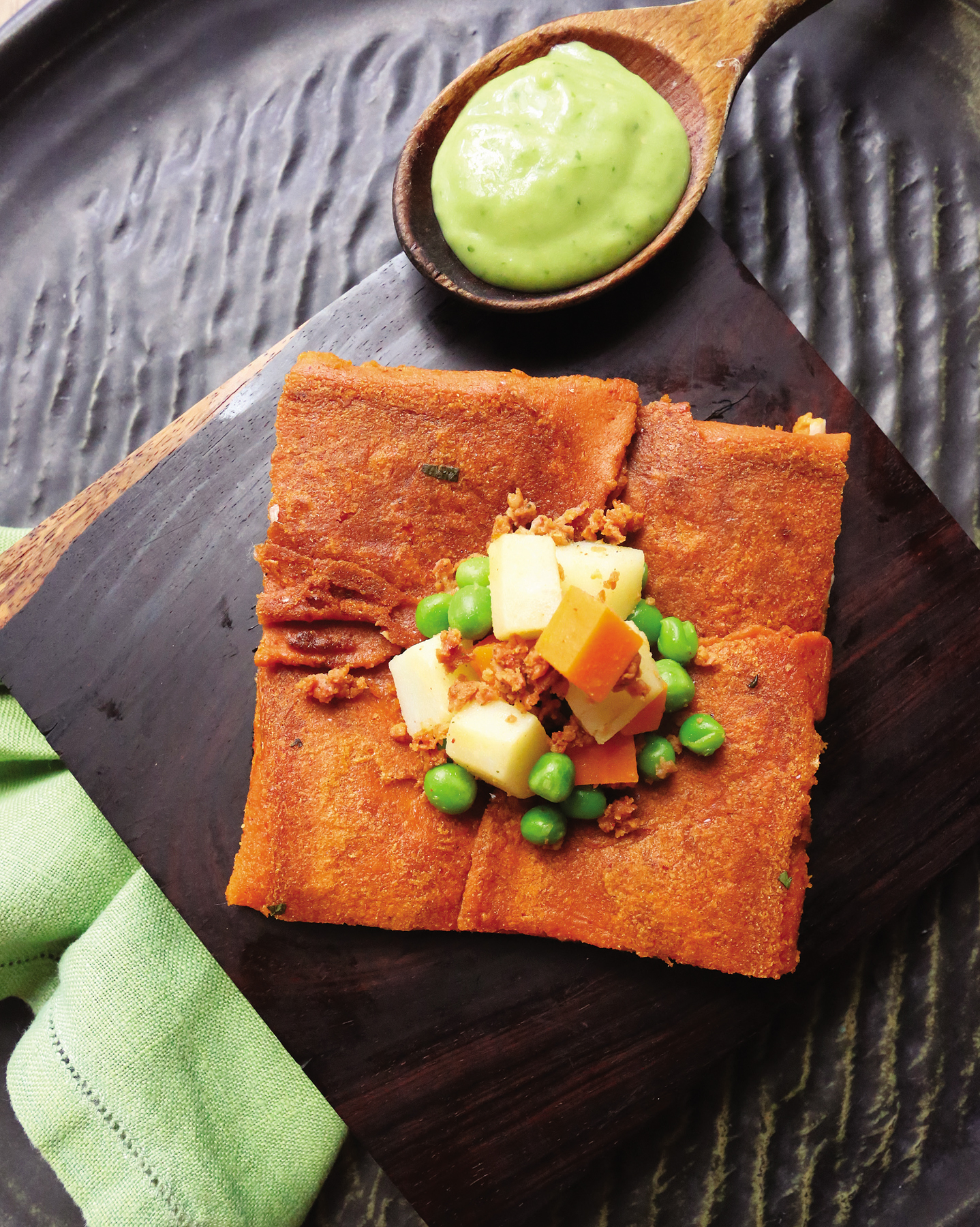

 PAGE 98
PAGE 98 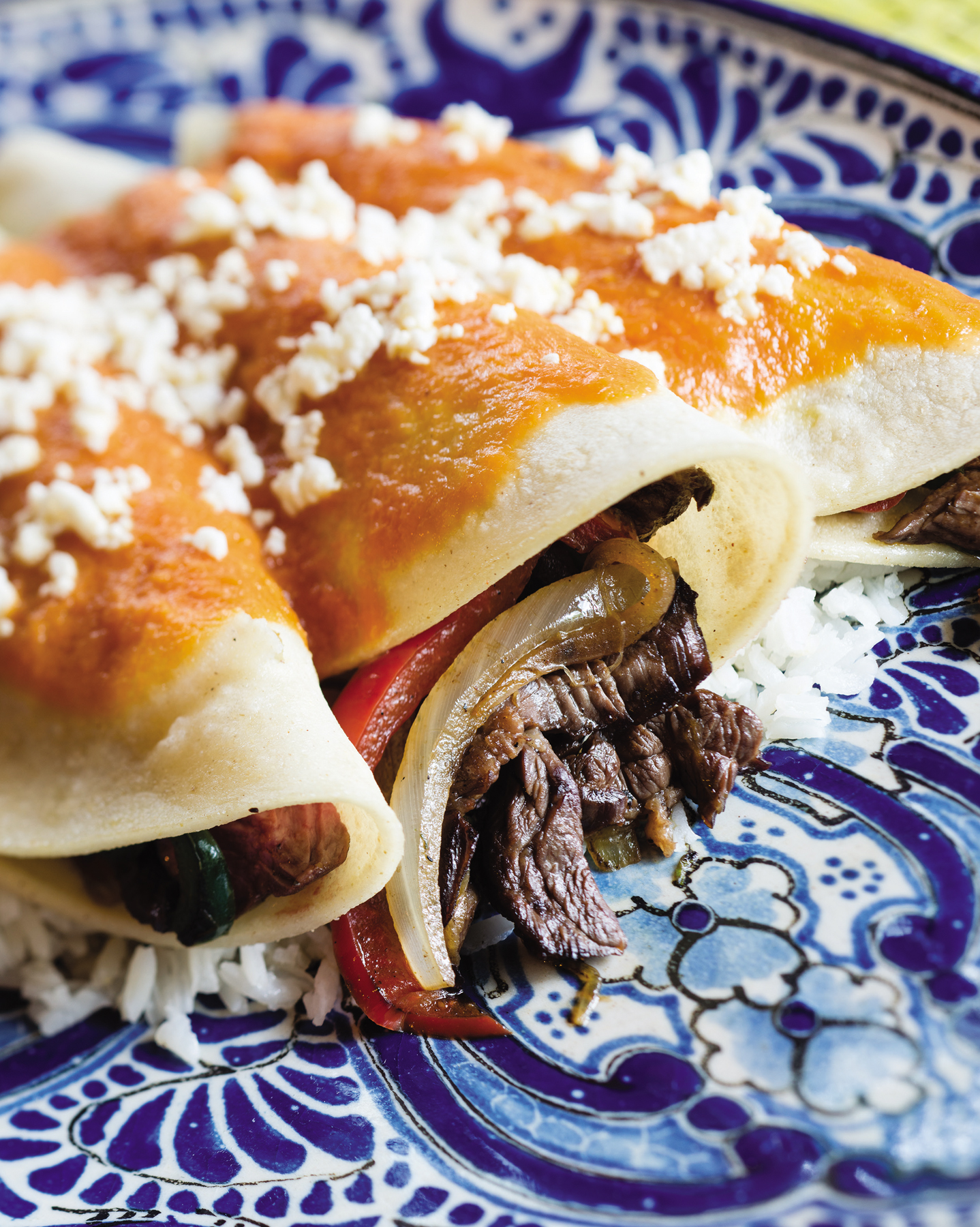

 PAGE 118
PAGE 118
Guide
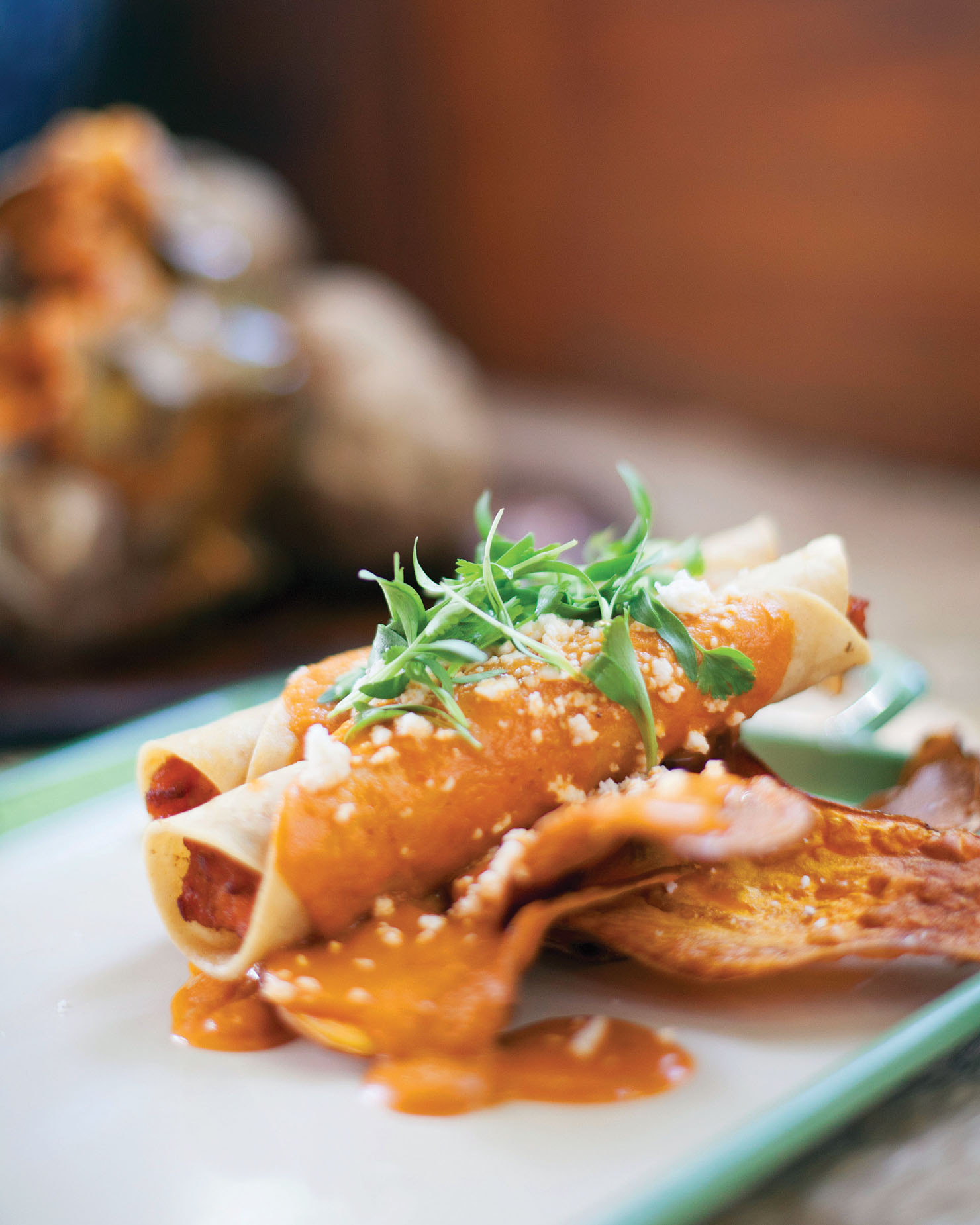


PAGE 198
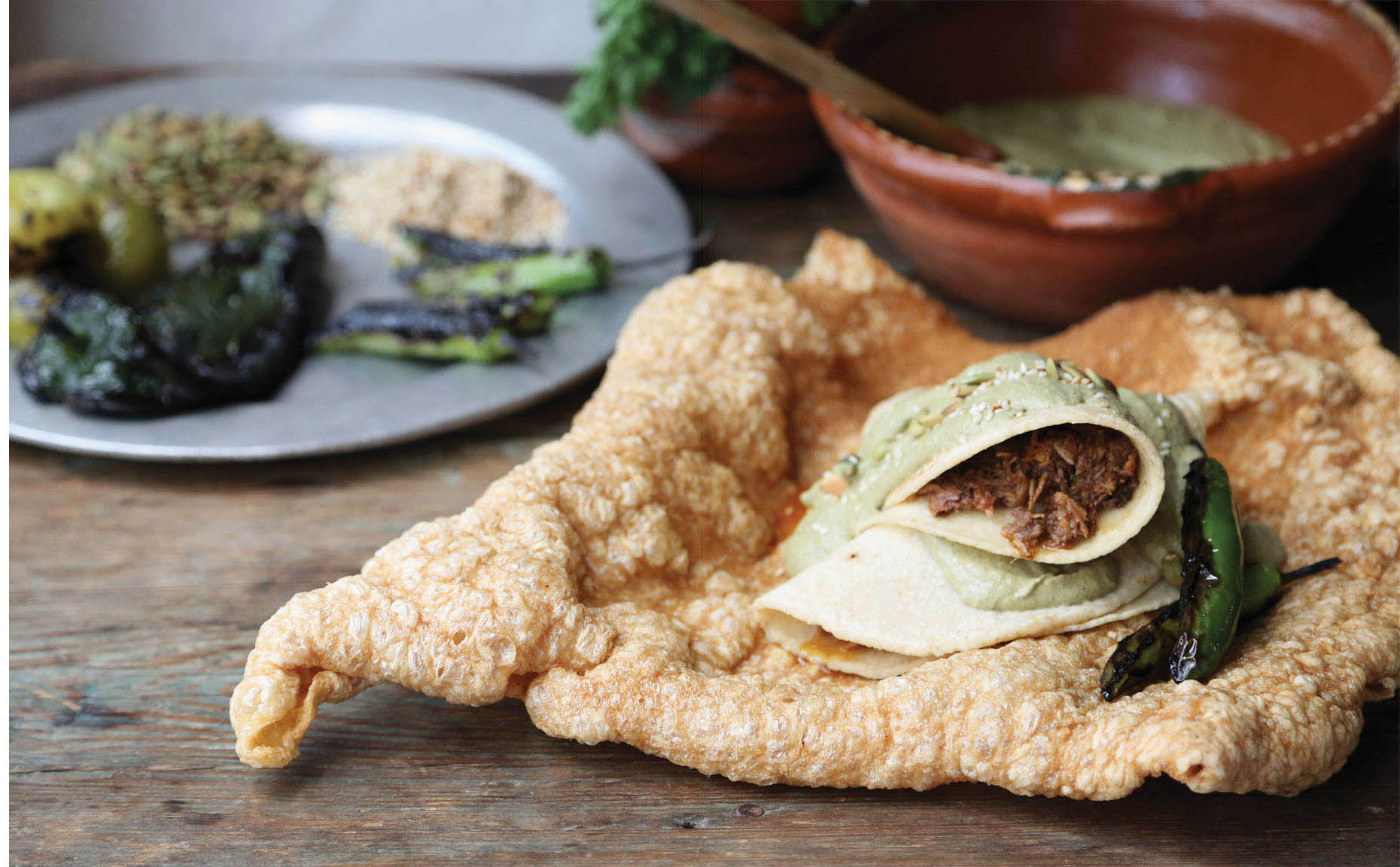


PAGE 97
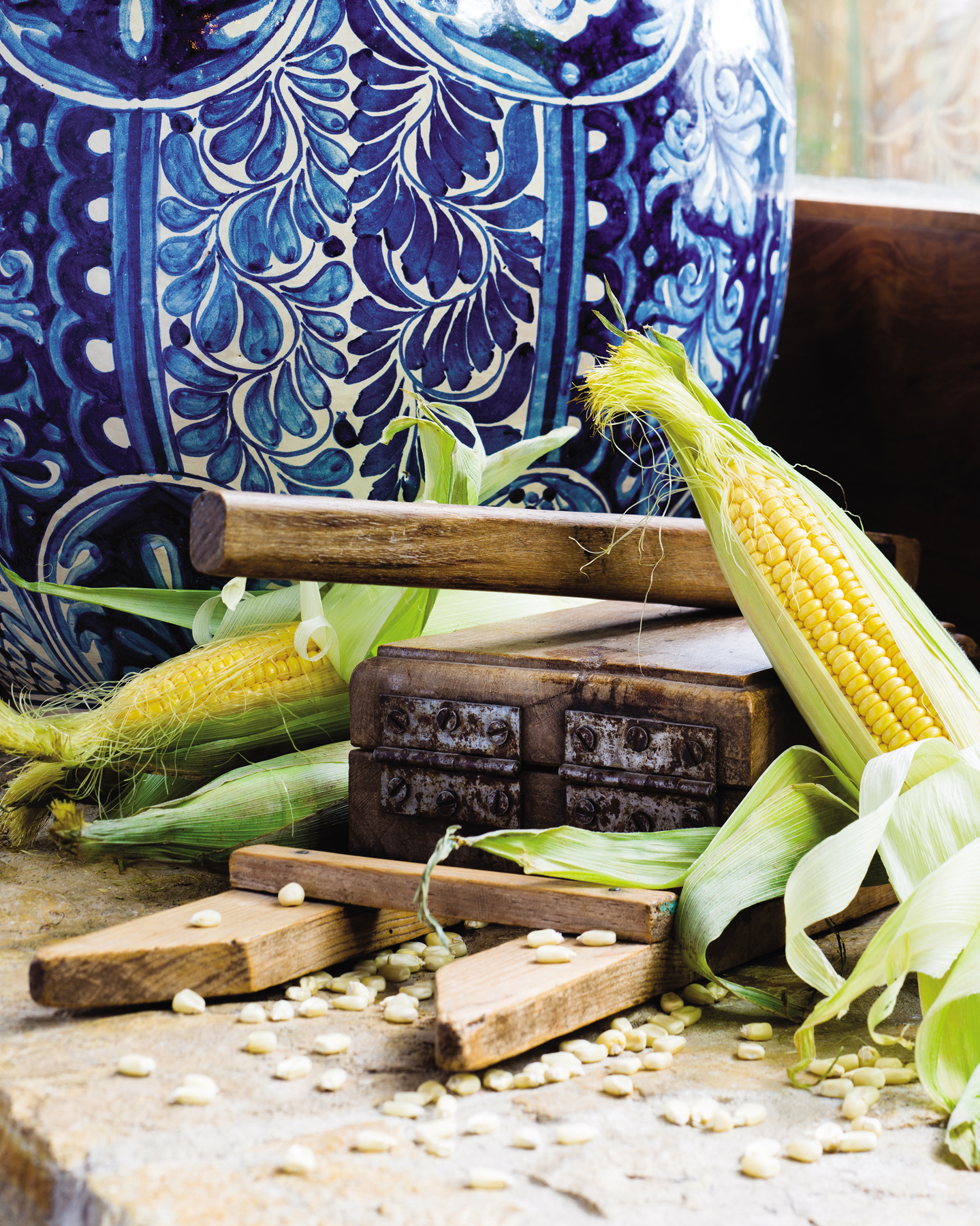
In Mexico, the word
enchilada isnt just for food.
When a woman gets angry, it is said she becomes enchilada; to say that something is difficult to do, one would say, no son enchiladas (they arent [as easy as making] enchiladas); to request more of something, one would say enchilame otra. These examples demonstrate how important enchiladas are in the everyday life of the people of Mexico. Perhaps it is because enchiladas and Mexicans share a common history and culturea history and culture that began with corn. Journalist Michael Pollan aptly describes corn as a miraculous grass. It is nothing short of miraculous that this descendant of an ancient grass exists at all, considering it was developed by the convergence of three factors: nature, humankind, and chance. The consequences of that convergence are equally remarkable.
No other plant has had a greater impact on human life than corn. Today, corn is the most produced grain in the world, cultivated on every continent except Antarctica. The economic result is that corn, for good and bad, now appears in more food and food-related products than any other ingredient except salt. In recent decades it has even found its way into fuel, plastics, packaging, adhesives, chemicals, and pharmaceuticals. But none of this happened overnight. According to P.J.


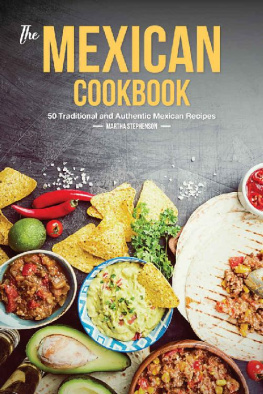
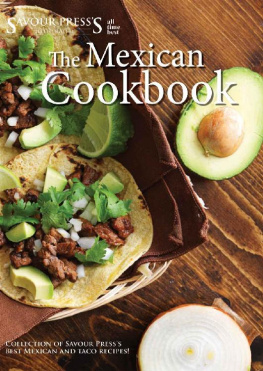
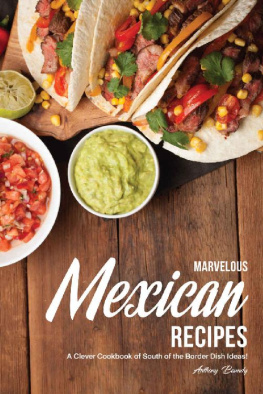
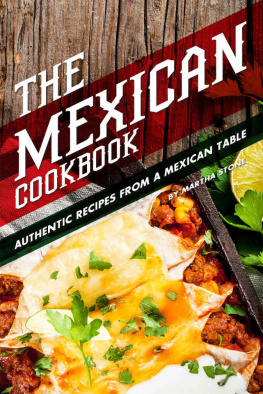
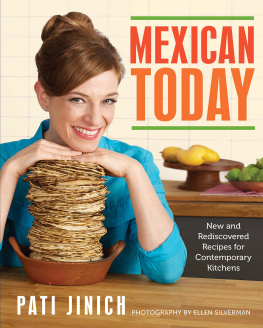
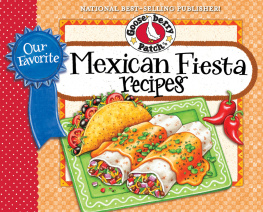
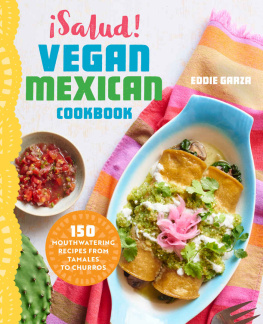
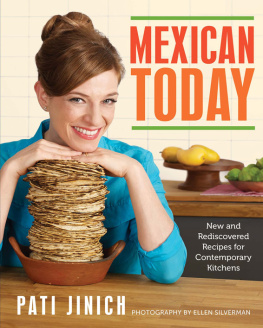



 Published by Trinity University Press San Antonio, Texas 78212 Copyright 2015 by Cappy Lawton and Chris Waters Dunn All rights reserved. No part of this book may be reproduced in any form or by any electronic or mechanical means, including information storage and retrieval systems, without permission in writing from the publisher. Book design by Andra Caillouet Portions of Huitlacoche, Mexican Oregano, Epazote, Cilantro, and Mexican Mint Marigold originally appeared in the San Antonio Express-News. Copyright 2011. Used by permission. Image credits: Andra Caillouet, 67, 10, 11, 13, 16, 19, 41, 64. Chris Waters Dunn, xi, 86.
Published by Trinity University Press San Antonio, Texas 78212 Copyright 2015 by Cappy Lawton and Chris Waters Dunn All rights reserved. No part of this book may be reproduced in any form or by any electronic or mechanical means, including information storage and retrieval systems, without permission in writing from the publisher. Book design by Andra Caillouet Portions of Huitlacoche, Mexican Oregano, Epazote, Cilantro, and Mexican Mint Marigold originally appeared in the San Antonio Express-News. Copyright 2011. Used by permission. Image credits: Andra Caillouet, 67, 10, 11, 13, 16, 19, 41, 64. Chris Waters Dunn, xi, 86. 











 In Mexico, the word enchilada isnt just for food.
In Mexico, the word enchilada isnt just for food.